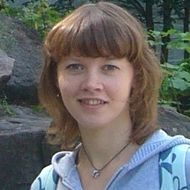'The Branch of Medicine That Our Developments Primarily Target Is Cardiology'
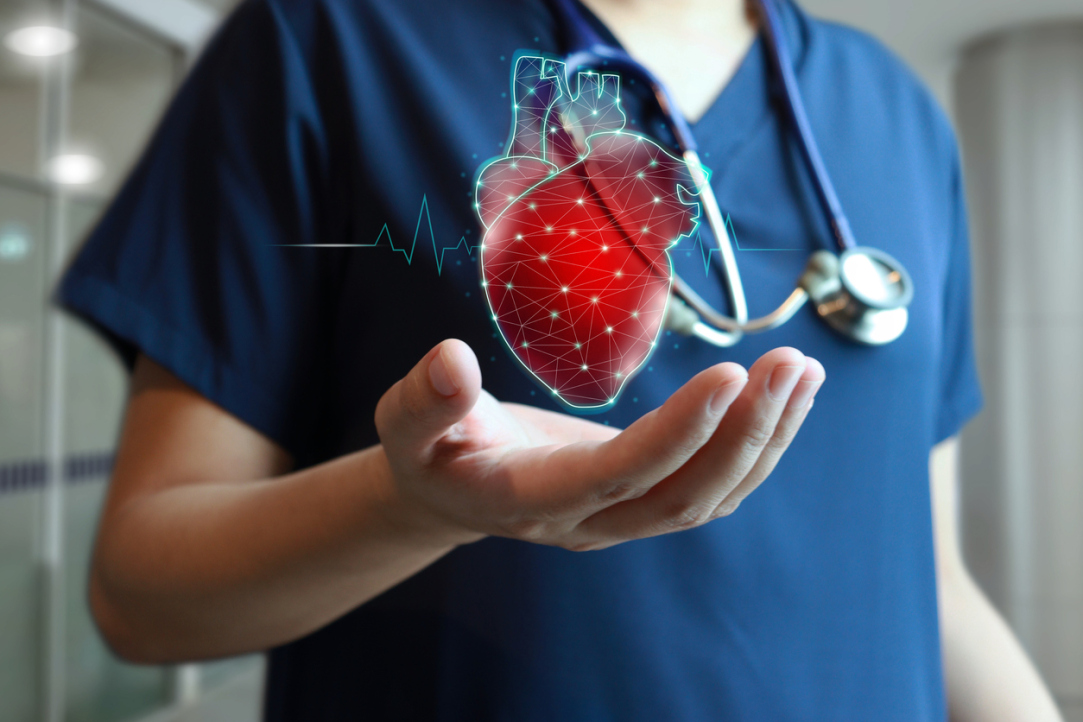
The application of mathematical models to the diagnosis and treatment of cardiovascular diseases contributes to the effective detection of patient predispositions and supports the selection of best treatment strategies. The use of mathematical models helps create new diagnostic tools and train neural networks to assist clinicians. Researchers from HSE University and colleagues from Saratov State Medical University are engaged in this work as part of the Mirror Laboratories project. In this interview, Natalya Stankevich, Senior Research Fellow at the International Laboratory of Dynamical Systems and Applications of the HSE Campus in Nizhny Novgorod, talks about what the collaboration has achieved so far.
Natalya Stankevich is the leader of the project 'Mathematical and Radiophysical Modelling of the Complex Dynamics of Living Systems for the Development of Methods for Analysing Experimental Data' carried out by the laboratory in collaboration with Saratov State Medical University (SSMU).
— How did the idea come about to create a Mirror Laboratory for interdisciplinary research and the application of mathematical models in medicine?
— The initiative came from HSE University, which has been hosting Mirror Laboratories project contests since 2020. At our laboratory, we were seeking to engage in applied work and welcomed the opportunity to collaborate with medical professionals and radiophysicists, combining our research to achieve new results through the integration of basic science with clinical and experimental studies.
— Which mathematical models have proven most applicable in medicine?
— There are numerous models based on different principles. Some represent abstract mathematical equations whose solutions produce signals which resemble, for instance, a typical ECG waveform. Some models are based on the physiological processes of the cardiovascular system. Others are hybrid models, where an abstract, mathematically simple model is enhanced with elements that reflect the physical system. Each of these models has its own area of application; some provide strictly mathematical results that can later be adapted to more physiologically accurate models.
Our partners have extensive experience in this field. The mathematical model they have been developing for many years describes the dynamics of autonomous cardiovascular regulation and captures the fundamental heart rhythm. The model comprises four main parts: two representing the autonomic nervous system, one regulating mean arterial pressure, and one accounting for the influence of respiration on these processes. The model features a large number of parameters (over 40), some of which our colleagues have derived from experimental data. It accurately replicates the dynamics of the human cardiovascular system.
Through our collaboration, we aim to identify which parameters are most important and could lead to changes in the cardiovascular system that are critical to patient health.
Building on previous work, our colleagues are now developing new, more realistic models of the human cardiovascular system. They are compiling an experimental database on the system’s specific nuances and creating sets of equations to capture effects that reflect individual health characteristics.
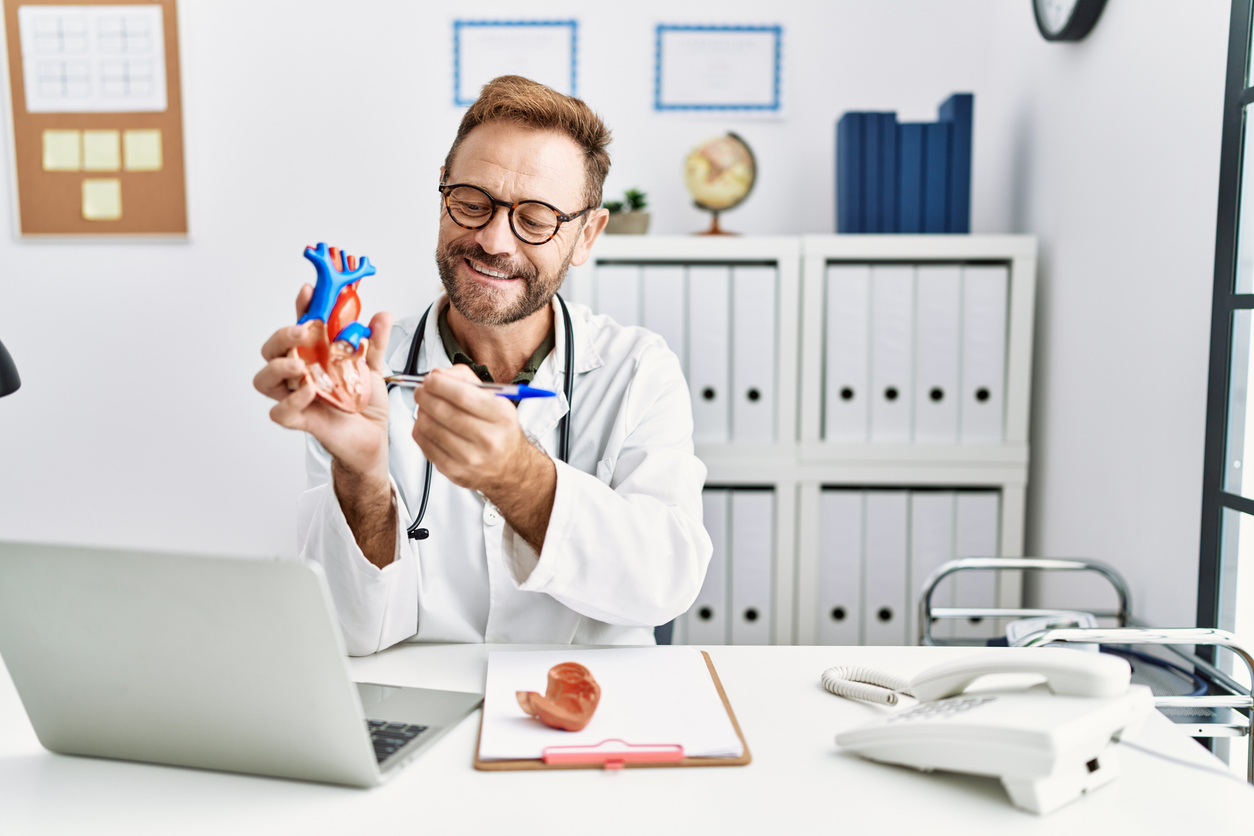
— In what areas of medicine and for which diseases are these developed models applied?
— The primary branch of medicine that our developments target is, of course, cardiology. This includes a wide range of cardiovascular diseases, such as chronic heart failure, hypertension, coronary heart disease, and others. There are also research areas and objectives focused on more narrow but related fields, such as psychology, sleep medicine, and sports medicine.
The models developed by our colleagues at SSMU make it possible to simulate various states of the cardiovascular system in healthy individuals, such as wakefulness, sleep, and physical activity. They also identified a set of parameters corresponding to arrhythmia, hypertensive crises, and vegetative blockade. Our partners have established a standard set of parameters through their analysis of experimental data, including ECG, blood pressure, and photoplethysmograms. (Photoplethysmography, or PPG, is a method for studying peripheral hemodynamics by measuring blood volume changes in the capillaries using red and infrared light directed at the skin—Ed.)
— How is this work organised?
— Our colleagues at the Cardiology Research Institute work at both the University Clinical Hospital of Saratov State Medical University and the Regional Clinical Cardiology Dispensary. They have access to a large volume of experimental data and conduct surveys of patients and medical professionals. Some of our colleagues are practicing cardiologists themselves. There is also a large archive of data accumulated over the years, which can be reprocessed and analysed in light of new hypotheses. One of our partners' most important developments is a method for calculating the phase synchronisation coefficient between components of the cardiovascular and respiratory systems. Using ECG and PPG analysis, they identify segments in the time series where synchronisation occurs. In 2024, our colleagues from SSMU analysed approximately 900 ECG recordings from patients with various cardiovascular diseases and calculated this coefficient, which effectively distinguishes healthy individuals from those with pathology.
Our team at HSE University is currently studying the conditions under which phase synchronisation occurs, ie we are developing the theoretical foundations explaining the emergence of phase synchronisation intervals. In the future, this theoretical model could help us understand what factors increase or decrease the duration of synchronisation intervals. It may also enable the development of modified models that generate data characteristic of patients with pathology, create realistic simulations, and produce surrogate data for machine learning—ultimately leading to devices that will assist doctors in routine tasks.
In addition to working with cardiovascular patients, our colleagues analyse data and develop models for healthy individuals under various conditions. Currently, experimental data is being collected by recording an electrocardiogram (ECG) at rest, followed by physical activity; then, after a brief rest (during which the heart rate typically recovers within a minute) a final ECG recording is taken. We subsequently process the data using the developed models to analyse how quickly the subject recovers, and we calculate indicators that characterise the complexity and randomness of the signal. Our partners from SSMU have shown that a healthy cardiovascular system exhibits a heart rate with natural randomness, while reduced randomness indicates disruption in rhythm regulation and may signal the presence of disease. Perhaps in the future, our clinical colleagues will be able to draw new insights from this data.
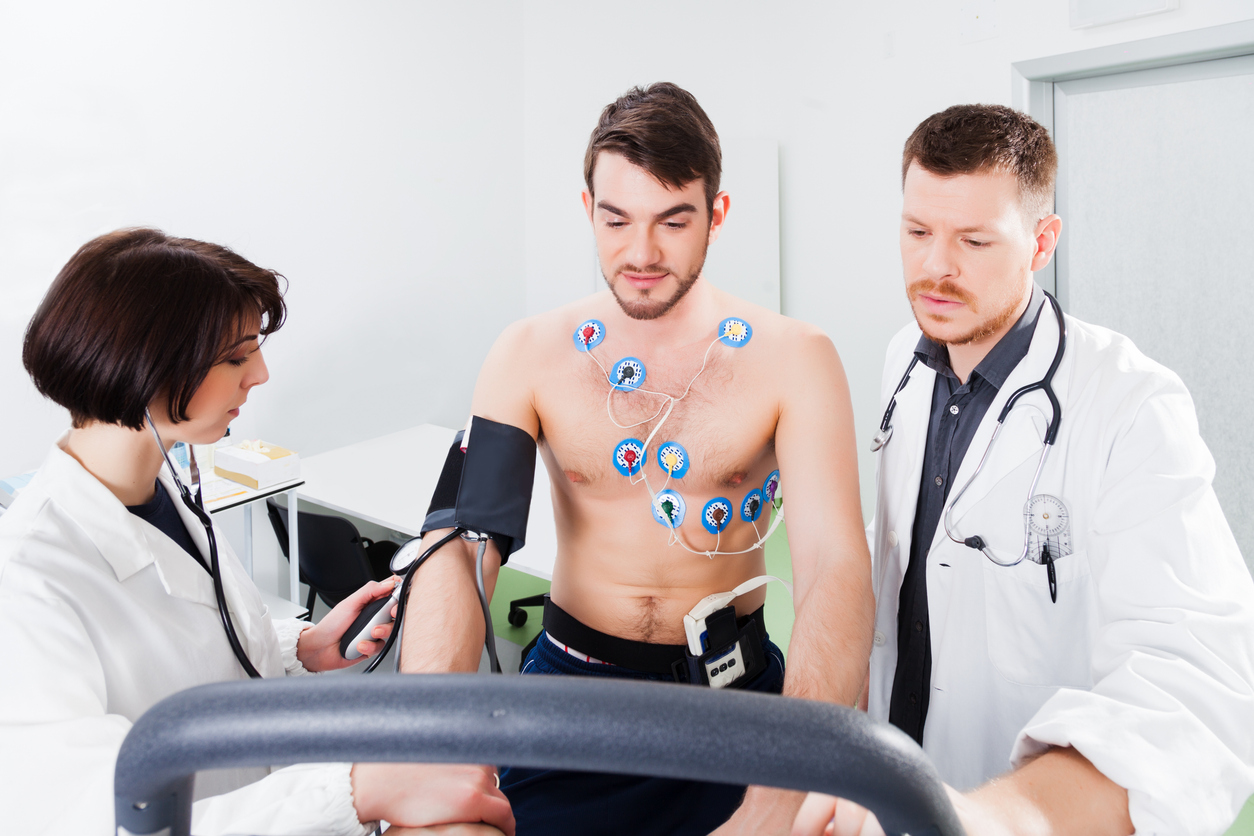
— How is your interaction going?
— Our key partner is Saratov State Medical University, and some project participants are physicists and radiophysicists who have built close contacts with medical professionals through many years of collaboration. While dedicating significant time to applied topics, we also aim to establish a solid theoretical foundation, advance dynamical systems theory, and apply its concepts to inspire new clinical experiments.
We are now in the third year of the project, and our medical partners have started proposing new objectives and designing experiments that we could validate through model-based calculations.
— How important is fundamental mathematics for creating models applicable to medicine?
— We are developing methods to verify the reliability and accuracy of our calculations. As part of one of the project’s objectives, we calculate the largest Lyapunov exponent, which indicates the presence of chaotic behaviour in the system. A positive value signifies that the system is functioning chaotically.
In the context of this objective, the main problem is to determine the nature of the non-periodicity in ECG signals. An open question remains: are we observing a periodic regime disrupted by noise, or is the cardiovascular system inherently governed by complex dynamics, with chaos as a fundamental property?
When calculating the Lyapunov exponent, a persistent challenge has been to distinguish between the contributions of noise and the intrinsic chaotic behaviour of the dynamical system. We applied statistical methods to propose a way to assess the contribution of noise and its role in the dynamical system. We were able to demonstrate that overall, the system’s dynamics are chaotic, which is an inherent property of the dynamical system itself. Noise affects the system, and depending on its characteristics, it can disrupt the structure of the chaotic attractor. That is why we need models that account for all these factors and enable us to assess their impact on the dynamic indicator.
Another objective that we are pursuing with our partners is studying the dynamics of cardiomyocytes, or heart muscle cells. Among them are typical cells that only contract, and atypical ones that transmit impulse signals and behave like neurons, functioning based on the Hodgkin–Huxley principle. We are investigating the idea that multistability in cardiomyocytes may predispose individuals to various arrhythmias. At this stage, we are using a relatively simple model to study scenarios involving the development and disruption of multistability. This study is important not only for medical applications but also for advancing bioimplants and tissue engineering—where damaged areas of heart tissue that fail to send proper signals, leading to arrhythmia, can be recreated or replaced.
— What fundamental mathematical problems are you aiming to solve?
— It would be ideal if we could rigorously prove the existence of a chaotic attractor in a model of the human cardiovascular system. However, this is quite challenging for a realistic model. We are working to illustrate some classic bifurcation scenarios that lead to the development of chaos. Demonstrating the development and evolution of chaos in stages, based on a physiologically sound model, would provide strong evidence that a certain model exhibits genuine chaotic behaviour—an important factor in addressing a number of medical problems as well.
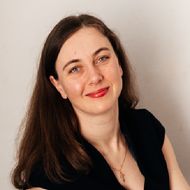
Olga Posnenkova, Head of the Atherosclerosis and Chronic Coronary Heart Disease Department of the Research Institute of Cardiology at SSMU
— In recent years, we have made significant progress toward creating and using comprehensive digital twins of individual physiological systems that accurately mimic the processes in both healthy individuals and patients with various diseases. Digital twins are models that enable the prediction of a system’s response to specific impacts under controlled conditions—such as changes in operating parameters or the effect of drugs with different mechanisms of action.
Our collaboration with HSE University through the Mirror Laboratories project enables us to apply mathematical methods to study dynamic processes in the human cardiovascular system, compare results with existing data, and further improve the digital model of circulatory regulation. Mathematics experts broaden our understanding of how to analyse traditionally recorded biological signals, help us identify what information can be extracted from the chaotic components of cardiovascular signals, and determine how to manage health based on these insights. We hope that together we can advance into the field of translational medicine, where the results of basic research find application in real clinical practice.
The Mirror Laboratories format has proven to be an effective mechanism for collaboration. The regular exchange of expertise throughout several years of the project has enabled us to build an interdisciplinary team of like-minded individuals. We have not only expanded our knowledge in mathematical modelling but also learned to understand each other, find common ground, and lay the foundation for long-term collaboration focused on advancing our joint developments.
See also:
Mirror Laboratory of HSE and UTM Shares Its First Achievements
In autumn of 2024, a delegation from Malaysia, led by Minister of Higher Education Zambry bin Abdul Kadir, visited the HSE campus in St Petersburg. One of the key topics of discussion was the initial results of the mirror laboratory, a joint initiative between HSE University-St Petersburg and the University of Technology Malaysia (UTM).
HSE, University of Delhi, and Geoscan Launch Space Research Project
HSE University and the University of Delhi (India), in partnership with Geoscan (a portfolio company of the Innopraktika non-state development institute), have agreed to establish an international scientific mirror laboratory on data storage, processing, and transmission in space systems. The agreement was signed on January 15, 2025, during a visit to India by an HSE University delegation led by Rector Nikita Anisimov.
HSE University-St Petersburg and University of Technology Malaysia Open Joint Laboratory
HSE University-St Petersburg and University of Technology Malaysia (UTM) have opened a mirror laboratory in social entrepreneurship. The opening ceremony of the Russian part of this laboratory took place during the International Partners' Days, which gathered delegations from 23 foreign universities.
HSE ‘Mirror Laboratories’ Project Marks Five Years since Start
‘Mirror Laboratories’ is one of the flagship programmes of the HSE University aimed at developing domestic scientific partnerships. During the implementation of the project, 41 research projects were initiated in partnership with 30 regional universities and scientific organisations. A series of round tables timed to coincide with the fifth anniversary of the ‘Mirror Laboratories’ project, were held at the HSE University on April 24–25, 2024.
Fuad Aleskerov: 'Decision-Making under Deep Uncertainty'
In an interview for HSE News Service, Fuad Aleskerov, Distinguished Professor of HSE University and Member of Academia Europaea, shares his insights into making decisions under deep uncertainty, highlights the crucial role of cooperation in this context, and unveils plans for the upcoming launch of a specialised course on decision-making and the establishment of a mirror laboratory at HSE University.
HSE University and University of Technology Malaysia Launch Mirror Lab
HSE University in St Petersburg and University of Technology Malaysia (UTM) have launched a mirror lab in social entrepreneurship. The agreement was signed in Kuala Lumpur on November 9 during a meeting of the Joint Russian-Malaysian Commission on Economic, Scientific, Technical and Cultural Cooperation. The document was signed by Anna Tyshetskaya, Director of HSE University-St Petersburg, and Rosli Illias, UTM Deputy Vice Chancellor for Research & Innovation.
HSE and National University of Uzbekistan to Open Mirror Laboratory on Economics
HSE University and the National University of Uzbekistan have agreed to launch a mirror laboratory for the study of topical economic issues. The Protocol of Intent was signed by HSE University Rector Nikita Anisimov and NUU Rector Inom Majidov as part of the Interregional Conference for University Rectors of Russia and the Republic of Uzbekistan.
Joint Project of Scientists from HSE University and Surgut State University to Help Prevent Recurrent Heart Attacks and Strokes
One of the winning projects of a competition held by HSE University’s Mirror Laboratories last June focuses on the use of machine learning technologies to predict the outcomes of acute coronary syndrome. It is implemented by HSE University’s International Laboratory of Bioinformatics together with the Research and Educational Centre of the Medical Institute at Surgut State University. Maria Poptsova, Head of the International Laboratory of Bioinformatics and Associate Professor at HSE University’s Faculty of Computer Science, talks about how this joint project originated, how it will help patients, and how work to implement it will be organised.
‘Our Experimental Economics Community Welcomes Everyone from Professors to Bachelor’s Students’
From September 19–27, 2023, the Third Pacific School Conference on Experimental Economics (PSEE) will take place in Vladivostok. The conference has been organised by the HSE UniversityInternational Laboratory for Experimental and Behavioural Economics as part of the Mirror Laboratories project with the Research Laboratory for Modelling Socio-Economic Processes at Far Eastern Federal University. The conference will be held in an in-person format, and foreign participants can take part online.
Results of HSE University’s Mirror Laboratories Contest Announced
This year, HSE University held the Mirror Laboratories project contest for the fourth time. A total of 19 applications were submitted to the contest from 16 HSE University research departments partnered with 16 organisations from 14 Russian regions. Following the contest results, 10 research projects received support.


